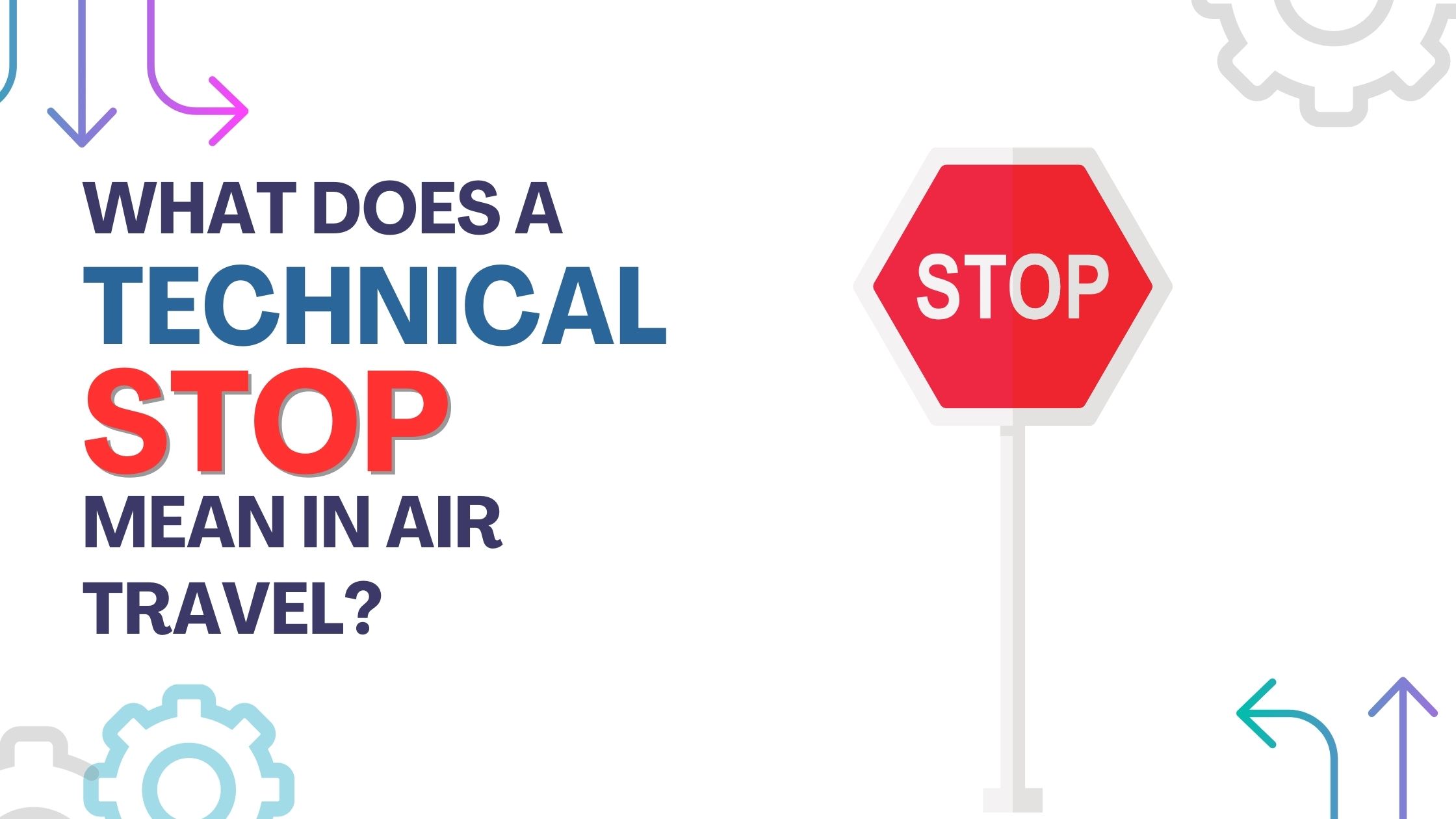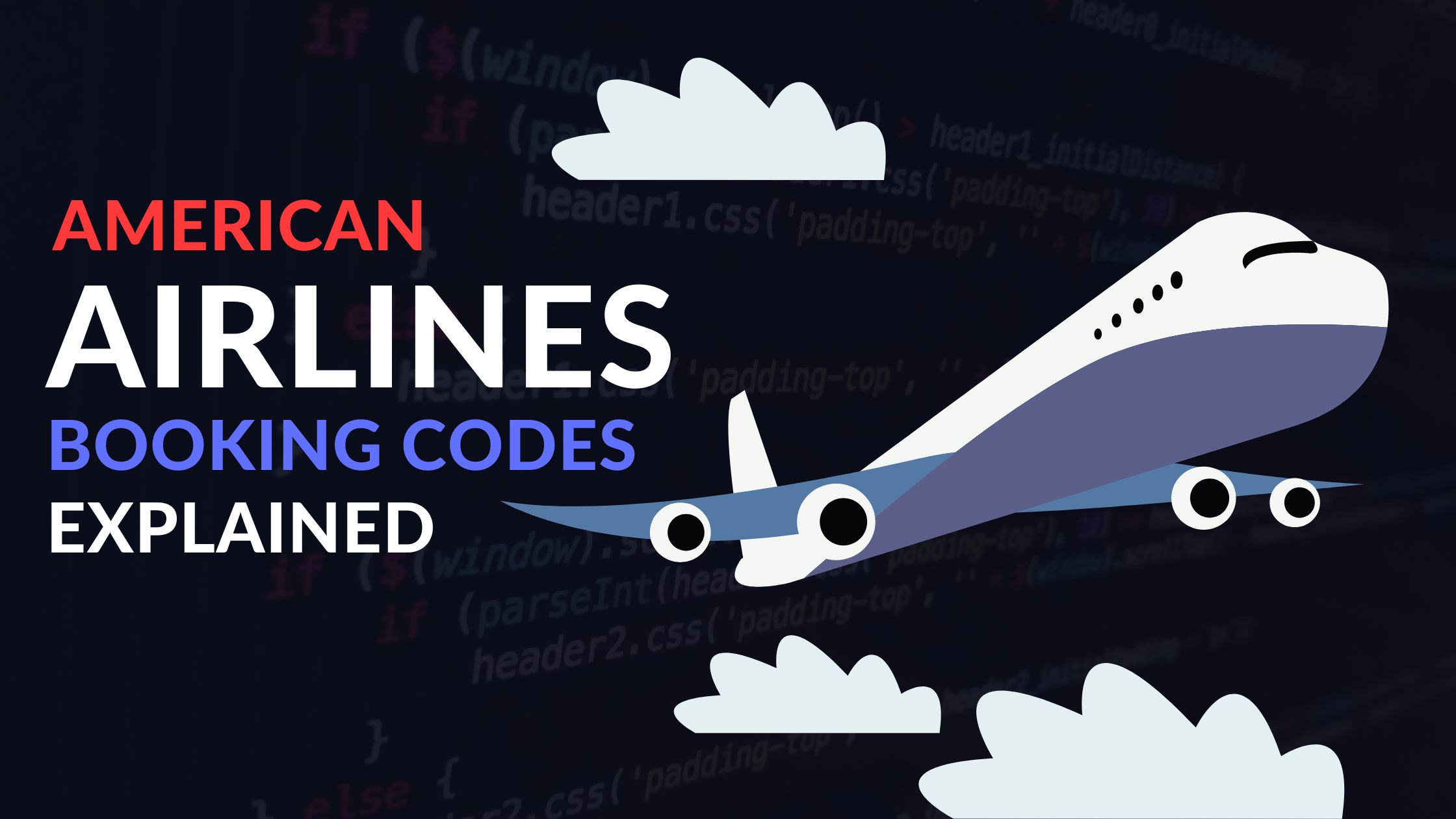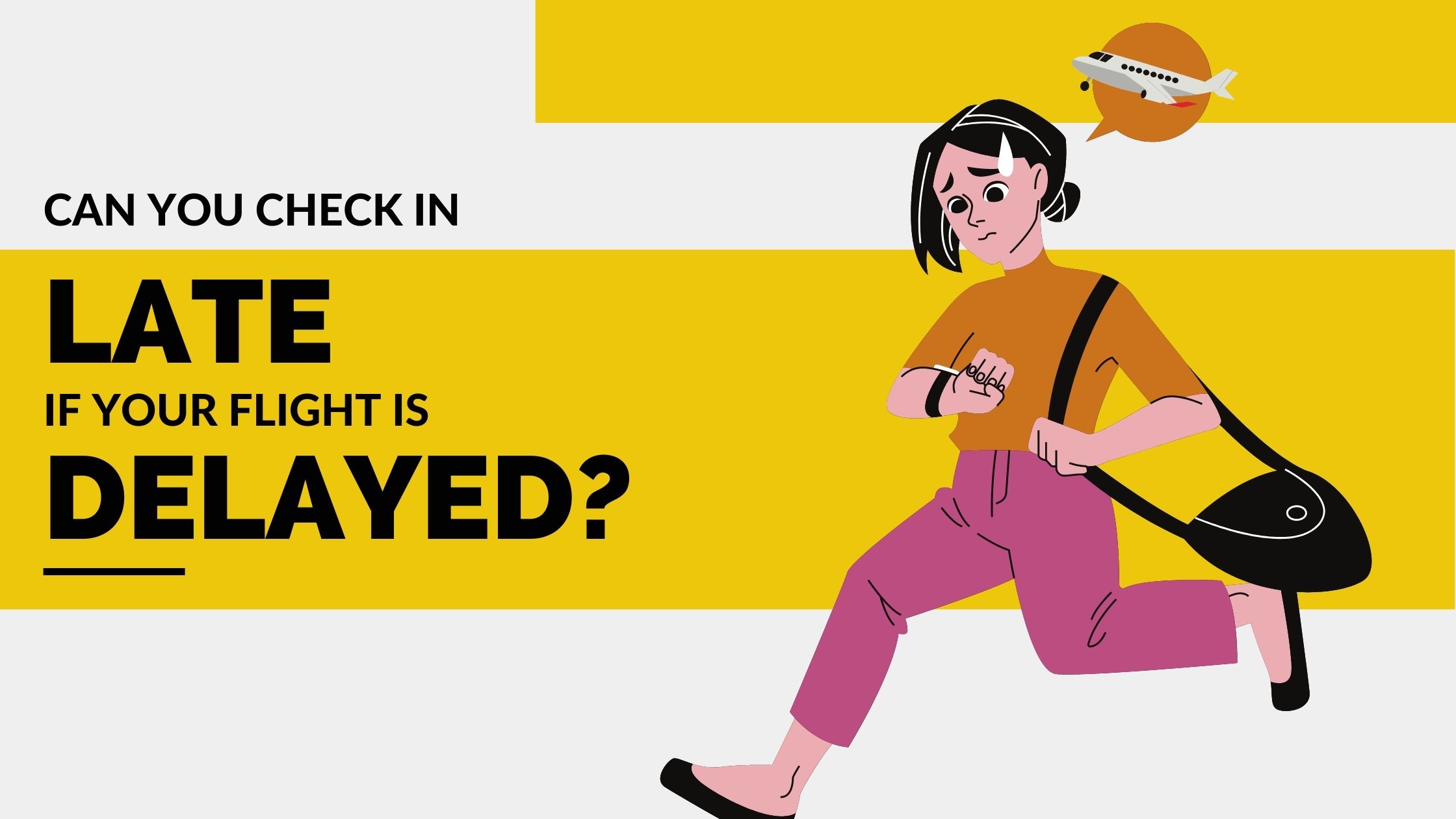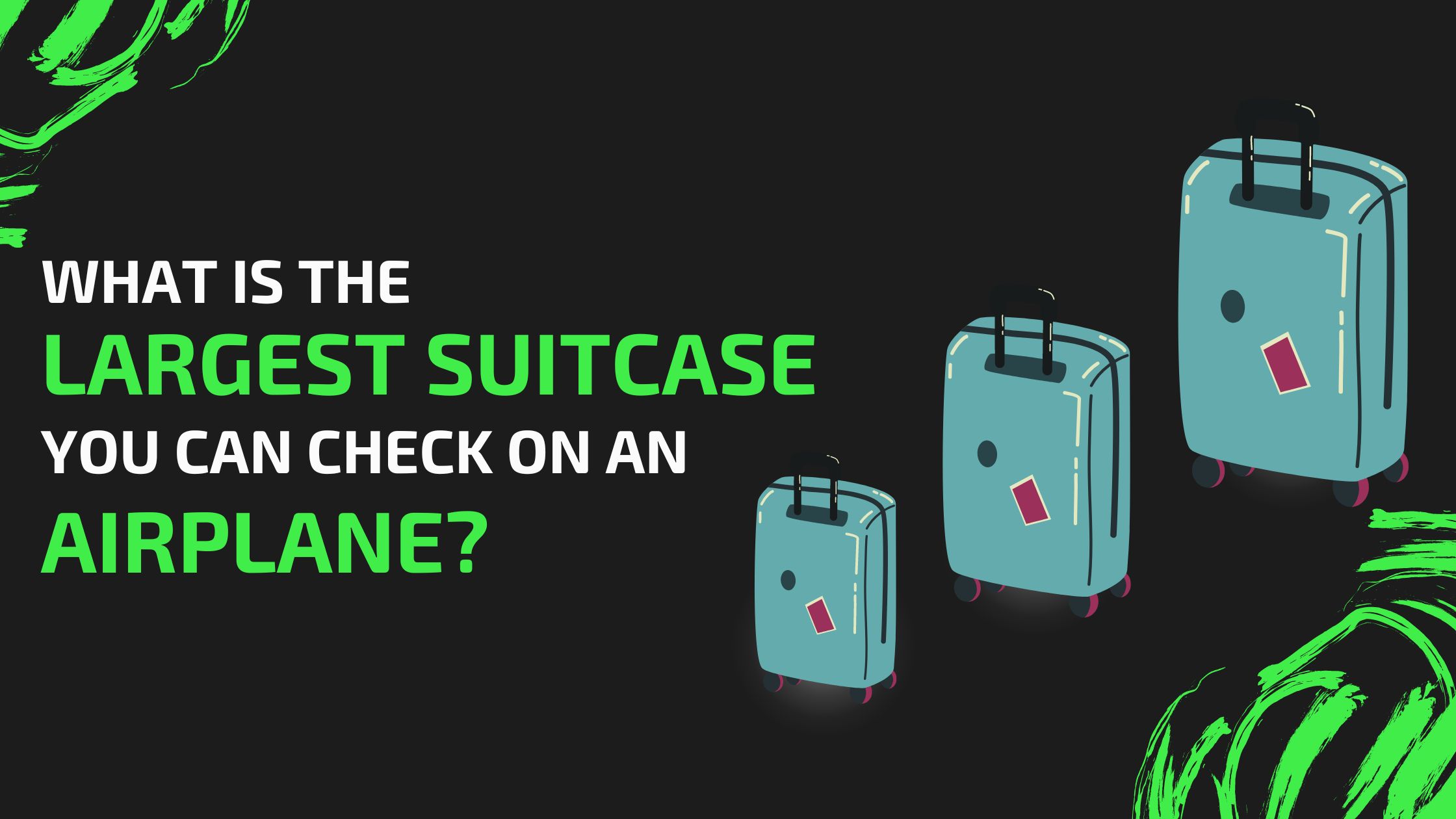When you’re flying to your dream destination, the last thing you want is a delay or a sudden interruption in your journey. However, in the world of air travel, there’s something called a technical stop that can temporarily halt your journey. So, what does a technical stop mean in air travel?”
Let’s explore the ins and outs of technical stops in air travel. This article will help you to gain a better understanding of this critical aspect of modern aviation.
What Does A Technical Stop Mean In Air Travel?
A technical stop is also known as a tech stop or en route stop. It is an unscheduled landing of an aircraft for the purpose of refuelling and/or making any unexpected essential repairs. This type of stop does not involve the unloading or loading of passengers or cargo.
A technical stop may be requested when weather conditions become too severe to continue flying.

Photo by Jose Lebron on Unsplash
If fuel reserves are running low, pilots may request a technical stop. They do so, in order to refuel before continuing on with the journey.
If there is an emergency that requires immediate attention, such as a malfunction in one of the aircraft’s systems, then a technical stop can be made. A technical stop is made to ensure that it is fixed before taking off again.
In many cases, a technical stop can be more cost-effective than making an unscheduled landing. This is because a technical stop is faster, safer and does not require the same level of preparation or paperwork.
Furthermore, in some cases, technical stops are less disruptive to passengers. They do not need to disembark from the aircraft.
It is important for pilots to communicate any unexpected technical stops to air traffic control in order. It is to ensure that adequate safety measures are taken during these stops.
Additionally, passengers may want to contact their airline prior to takeoff in order to make sure that there is no disruption due to unanticipated technical stops.
Here’s a table on the parameters that can determine if a plane will make a technical stop during its flight:
| Parameters | Description |
| Distance of the Flight | The length of the flight is an important factor. Longer flights may require the plane to make a technical stop for refueling purposes. |
| Aircraft Type | The type of aircraft being used also plays a role in determining if a technical stop is necessary. Some planes have a longer range and can make longer flights without stopping. |
| Fuel Capacity | The amount of fuel the aircraft can carry is a significant factor. Planes with smaller fuel capacity may need to stop for refueling, whereas planes with larger fuel tanks can travel further without stopping. |
| Cargo and Passenger Load | The weight of the cargo and passengers can affect the amount of fuel the aircraft needs to carry. A heavier load may require more fuel, which may necessitate a technical stop for refueling. |
| Weather Conditions | Adverse weather conditions such as strong headwinds or thunderstorms can impact fuel efficiency and increase the amount of fuel needed. This could result in a technical stop to refuel. |
| Airport Infrastructure | The availability of airports and fueling facilities along the route is also a significant factor. Some routes may not have suitable airports or facilities, which may require the plane to make a technical stop. |
These are some of the main parameters that airlines and pilots consider when deciding whether to make a technical stop during a flight.
What Is The Difference Between A Connecting Flight and a Technical Stop?
The main difference between a connecting flight and a stop is that a connecting flight requires the traveler to disembark the plane. The traveler may also have to go through customs (if applicable) before getting on another plane. A stop does not require any change of aircraft.
Instead, it refers to a brief pause or layover in your journey when you are transferring from one flight to another. You remain onboard the same aircraft throughout the whole journey.
Connecting flights tends to be more time-consuming than stops. It can involve long waits in airports while you wait for your next flight.
However, they are usually cheaper than direct flights. As they enable you to take advantage of cheaper fares offered by airline carriers operating different legs of your trip.
Stops are usually much quicker than connecting flights and require less time at the airport.
However, it may cost more than a connecting flight as there is no opportunity to take advantage of different airline carriers’ fares.
Additionally, it is often necessary to book two separate tickets for stopovers due to schedules overlapping for each leg of the journey.
Does A Stop Mean You Change Planes?

Example of a flight with a stop
A stop on a flight means that your plane won’t go directly to your desired destination.
Instead, you will have to change planes at least once during the trip. For example, if you are in Columbus Ohio, and wish to go to Miami Florida with a “1 Stop” flight, it means that your flight will make at least one stop before arriving in Miami.
The advantage of taking a 1-stop flight is that it can be significantly cheaper than more direct flights.
On the other hand, it may also take longer for you to reach your destination as you have to allow for the time it takes to switch planes.
If you’re considering a 1-stop flight, always make sure that you plan sufficient time at your stopover so that there is no risk of missing the onward connection.
This can be especially important if you’re transferring through an unfamiliar airport.
It’s a good idea to check out reviews of the airport and find out what facilities are available. And how long it usually takes to transfer from one plane to another.
Do You Have To Go Through Security Again For Connecting Flights?
The answer is yes, you will need to go through security each time you board an aircraft on a connecting flight. It is because there is a significant delay between getting off one plane and getting on board another to reach your destination. During this time people could potentially access restricted areas or bring in prohibited items.
In order to ensure the safety of passengers and crew, all travellers are required to go through airport security again before boarding their next flight.
This includes going through metal detectors, having personal belongings screened and checked, and undergoing other necessary security checks.
It’s important that you arrive at the airport early. So that you can make it through the security checkpoint in time for your next flight.
Even if you have to go through airport security again for a connecting flight, it’s still quicker.
It is also more convenient than having to take another form of transportation to get to your final destination.
Ultimately, it is important that travelers are aware of the need for additional security checks. When taking connecting flights and understand why they are necessary.
Going through airport security will ensure that passengers and crew remain safe throughout their journey.
Does A Technical Stop Count As Transit?

Photo by Chris Leipelt on Unsplash
A technical stop is a brief pause during a flight that is necessary for refueling and other aircraft maintenance activities. It is not generally considered a layover or transfer airport, as passengers usually remain on board the plane while it refuels and undergoes any needed checks.
So, the answer to your question is no; technically speaking, a technical stop does not count as transit.
You will still be on the same flight and would not need to go through customs or immigration in order to continue your journey.
However, depending on the airline’s policy you may be asked to disembark the airplane during the technical stop.
Therefore, if you are planning an international trip with multiple stops en route, it’s important that you are aware of any potential technical stops along the way.
It is also important to check in advance what the airline’s policy is regarding disembarking during the technical stop, as this will affect how you plan your journey.
In summary, a technical stop does not count as transit. It is simply an unavoidable pause for refueling and aircraft maintenance activities that passengers must endure en route to their destination.
Make sure you are informed of any such stops that could be part of your trip so that you can properly prepare.
Do You Stay On The Plane For A Technical Stop?
A technical stop, also known as a refueling stop, is a brief pause that an airline makes during a long-haul flight to refuel the plane without disembarking passengers. It typically occurs in mid-air and passengers are asked to remain seated while the plane is refueled.
During this time, no cleaning or servicing of the aircraft takes place, as there’s not enough time available for it.
As the airline does not have to pay any fees for using the terminal at its destination airport during this brief stopover. Hence, ticket prices can sometimes be cheaper as a result.
Therefore, if you’re planning on taking a long-haul flight with multiple stops along the way, chances are you’ll experience at least one technical stop. But don’t worry: you’ll be on your way again in no time!
Overall, technical stops are a great way for airlines to save money and reduce their carbon footprint.
And it’s not as complicated or uncomfortable as it might sound. All you have to do is stay seated during the brief pause and enjoy the view from above!
So the next time you take a long-haul flight with multiple stops, don’t forget that some of them may be involving nothing more than a quick refueling break.
Happy travels!
What Does A Two-Stop Flight Mean?
A two-stop flight is a journey involving three different aircraft. You typically board the first plane in your starting location and fly to an intermediate destination. You then disembark that plane, often changing airports, and board another plane for your final destination.
Throughout the entire journey, you may have the same flight number (sometimes referred to as a “codeshare”).
This means that the ticket purchased at your point of origin will still be valid throughout all legs of the journey up until your arrival at your final destination.
It’s important to note that while two-stop flights may be cheaper than direct flights, however, they tend to take longer due to layovers and transfers between planes.
In summary, a two-stop flight is a journey involving three different planes, all under the same flight number.
Conclusion
In conclusion, technical stops are a vital part of air travel, ensuring the safety and reliability of aircraft. They allow for necessary maintenance and repairs to be carried out, ensuring that the aircraft is in optimal condition and can operate at peak performance.
Technical stops can be pre-planned or unscheduled, and they can occur for a variety of reasons.
By understanding the importance of technical stops, we can appreciate the complexities involved in air travel and feel more confident in our journeys.







